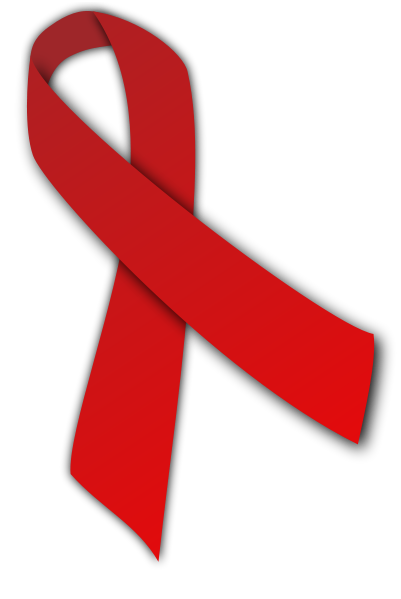AIDS education and training centers
 From Wikidoc - Reading time: 4 min
From Wikidoc - Reading time: 4 min

|
AIDS Microchapters |
|
Diagnosis |
|
Treatment |
|
Case Studies |
|
AIDS education and training centers On the Web |
|
American Roentgen Ray Society Images of AIDS education and training centers |
|
Risk calculators and risk factors for AIDS education and training centers |
Overview[edit | edit source]
The AIDS Education and Training Centers are a United States network of five national centers, 11 regional training centers, and over 130 associated local performance sites that provide education on HIV and related co-morbidities such as hepatitis, tuberculosis, and sexually transmitted diseases for healthcare providers in the United States. The AETCs were established in 1987 through federal funding from the Health Resources and Services Administration (HRSA) Bureau of Health Professions. In 1997, the AETCs became a component of the Ryan White HIV/AIDS Program.
The AETC network represents all 50 states, the District of Columbia, Puerto Rico, the US Virgin Islands, and the six US-affiliated Pacific Jurisdictions. The network’s centers are housed in academic sites across the country and are staffed by HIV clinicians, researchers, and educators.
Purpose[edit | edit source]
AIDS, caused by the human immunodeficiency virus (HIV), has become a global health issue, and various ways are being explored in order to combat the spread of the disease. One such way to somewhat limit the spread of AIDS is through education. Societies with significant number of HIV positive individuals and people that have been diagnosed with having full blown cases of AIDS are societies in which education about the disease is limited to almost non-existent and where culture and tradition clash with modern medicine. Thus, education and training are of great importance and a number of organizations have been formed within the past two decades. Organizations vary from being government funded to private and/or are formed by health and social advocates. Organizations provide range of services from support for families and individuals affected by the disease, classes in academic settings ranging from preschools to universities, available resources to updates on the latest advances in medical treatments.
In many societies, even in many Western cultures, stereotyping exists and one way to stop or prevent discrimination is through education and passing out information about the ways the disease is spread. Big problem in containing the spread of the disease are cultural and religious backgrounds where usage of common contraceptives, such as latex condoms, are prohibited. Unfortunate events such as wars and armed conflicts often employ rape as a mean of terrorizing local population, in which AIDS, among other sexually transmitted diseases (STDs), is spread almost exponentially and, very often, it is impossible to trace back to the individual that was the original HIV carrier. The consequences of such horrific acts are infected mothers who give births to infected babies and the disease is spread vertically. Because of its imapct on global population and the high rate of spreading, AIDS has been classified as being pandemic.
There is a growing number of organizations exclusively dedicated to AIDS education and prevention, as well as organized training of medical staff and any individuals that may be interested. Main goals of these organizations are:
- Education about the disease (acquisition and transmission process)
- Training
- Support
- Updates on latest research efforts
Education and training centers[edit | edit source]
North America[edit | edit source]
- HRSA HIV/AIDS Bureau (funded by the US Government)
- Food & Drug Administration HIV/AIDS (US Federal Agency)
- AIDS Education and Training National Resource Center
- AIDSinfo (funded by the US Government)
- www.AIDS.gov Portal for all Federal domestic HIV/AIDS information
- Centro Nacional para la Prevención y el Control del VIH/SIDA (Mexico)
Europe[edit | edit source]
- AIDES - T our Essor (France)
- AIDS Hilfe Tirol (Austria)
- Deutsche Aids Hilfe (Germany)
- Finnish Aids Council (Finland)
- Vereniging Nederland (The Netherlands)
- SENSOA (Belgium)
Africa[edit | edit source]
- Southern African AIDS Training Programme (South Africa)
- TASO Training Centers in Uganda (Uganda)
Asia[edit | edit source]
- Pink Triangle Malaysia (Malaysia)
- Health Science Library - Prince of Songkla University (Hat Yai, Songkhla, Thailand)
- Action for AIDS (Singapore)
- Hong Kong AIDS Foundation (Hong Kong)
 KSF
KSF